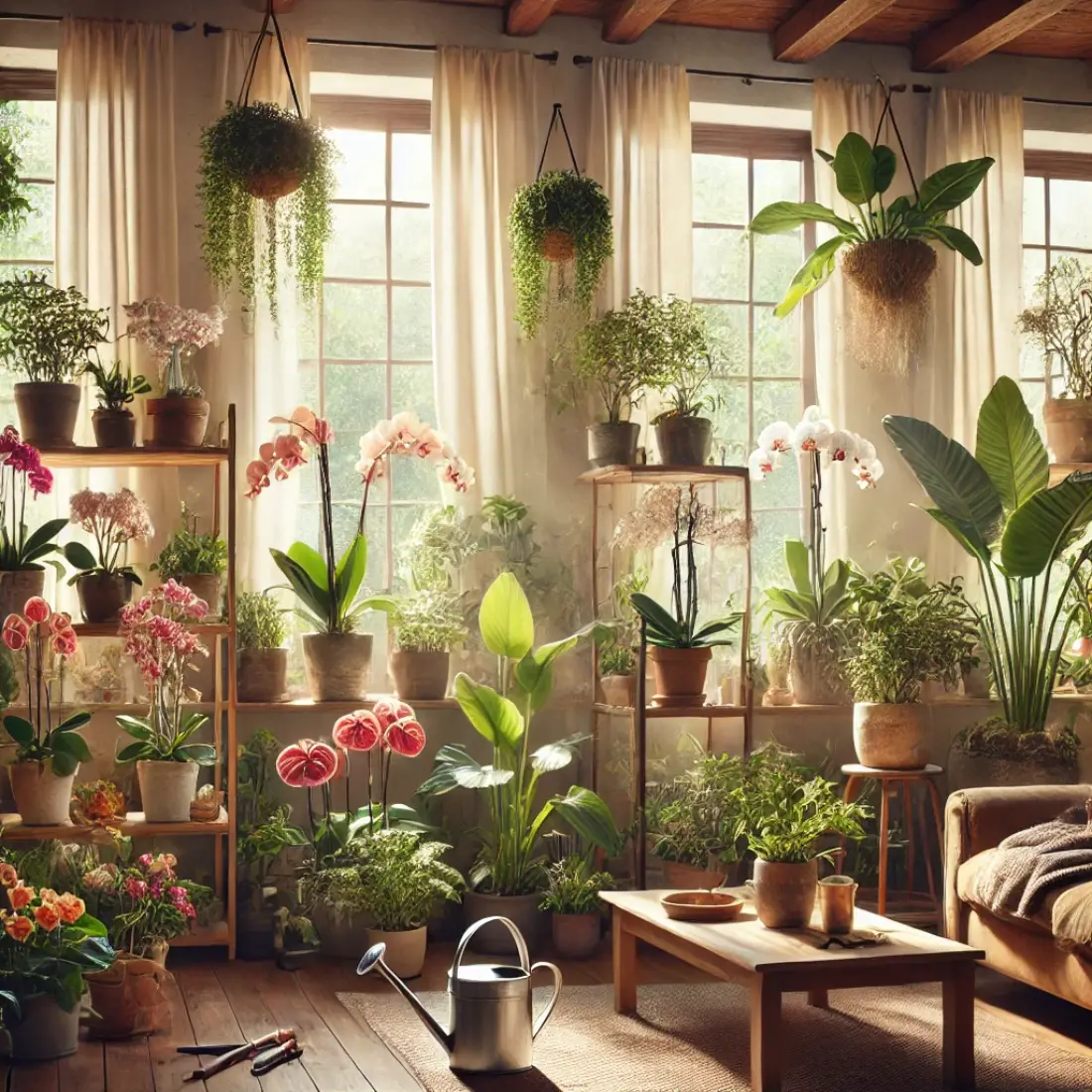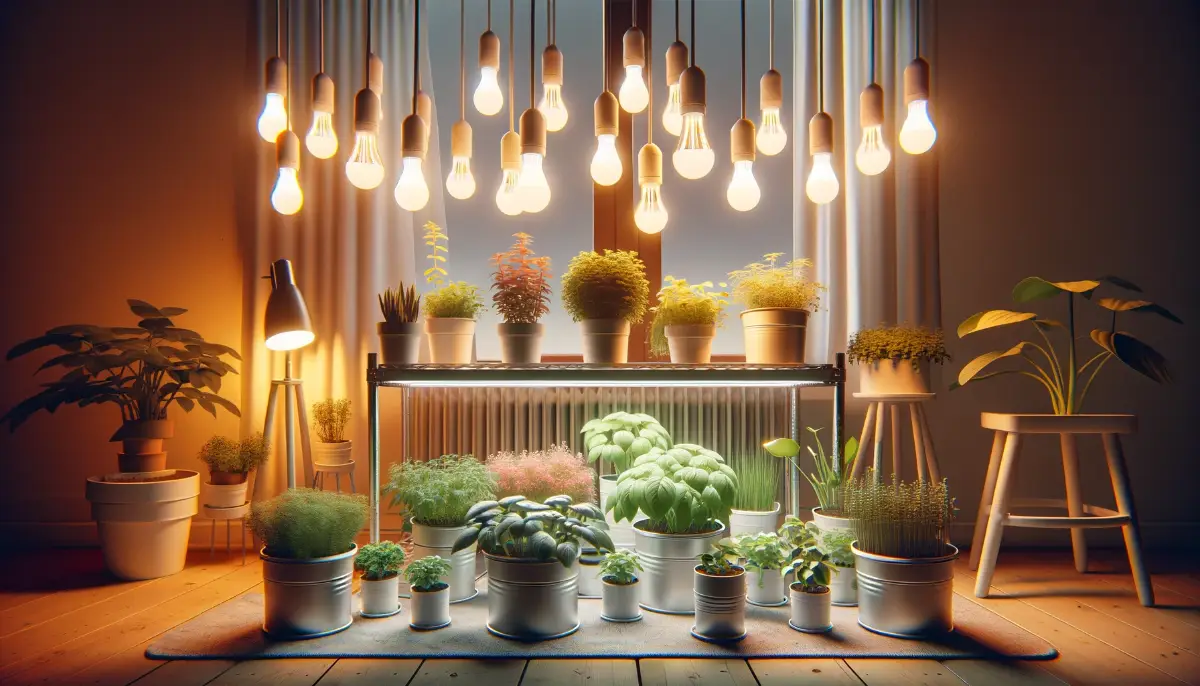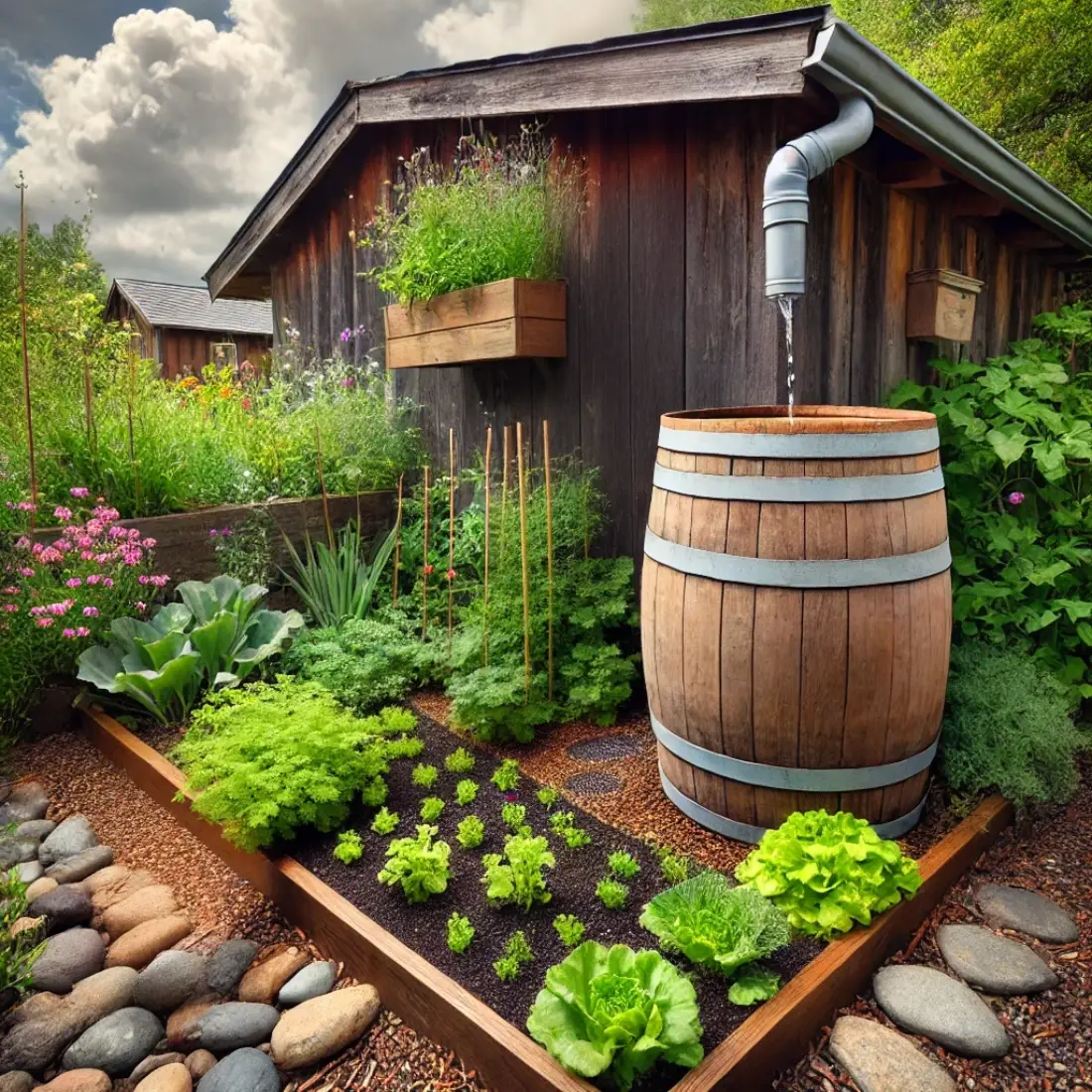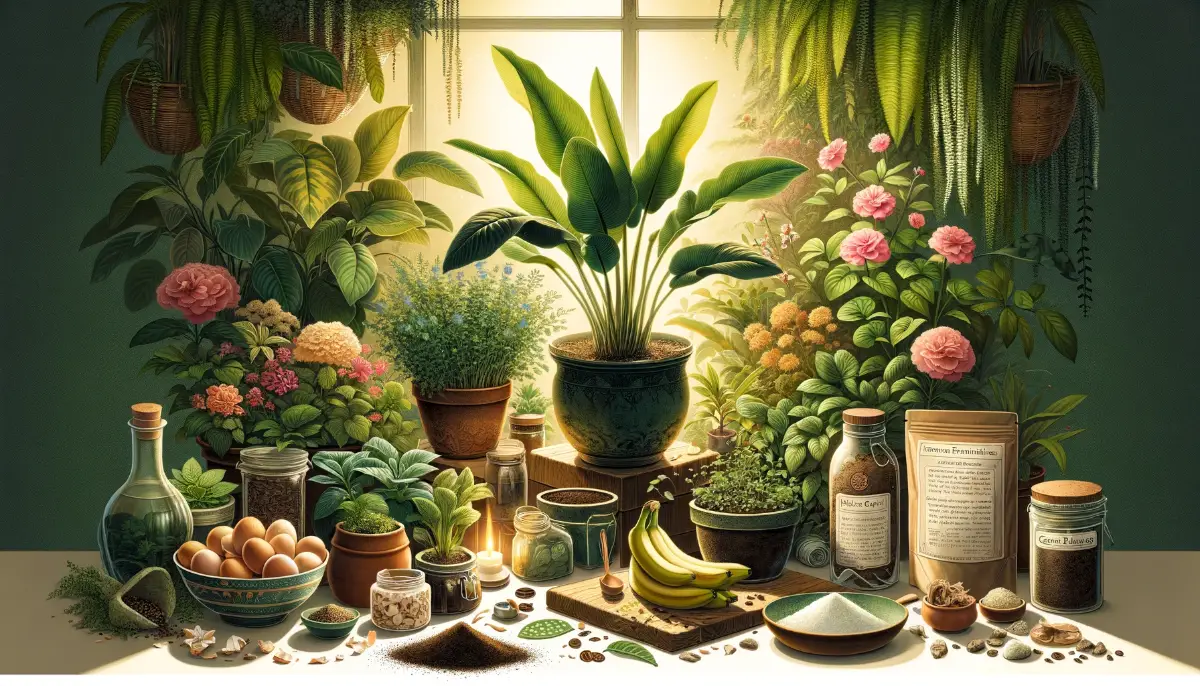Starting an organic indoor garden is a rewarding way to ensure fresh, chemical-free produce all year long. Whether you want fresh herbs for cooking, vibrant leafy greens, or even small fruits, this guide will walk you through the essentials of creating a thriving indoor garden.
With the right light, soil, watering techniques, and a touch of care, anyone can grow their green oasis, even in small spaces. Let’s dig into the steps to start your organic indoor garden.
- Organic indoor gardening allows for chemical-free, homegrown food in any climate or season.
- Focus on light, soil, containers, and watering for success.
- Beginner-friendly plants like herbs and microgreens are perfect to start.
- With the right tips, indoor gardening is a low-maintenance and sustainable hobby.
Introduction to Organic Indoor Gardening
Organic indoor gardening is the practice of growing plants indoors without synthetic fertilizers or pesticides. This method is sustainable, eco-friendly, and ideal for small spaces.
By growing plants indoors, you gain control over your environment, ensuring your plants are healthy and your produce is as natural as possible.
1. Choosing the Right Location for Your Indoor Garden
Why Location Matters
Your indoor garden’s success depends largely on its location. Plants require adequate light and a stable temperature to thrive.
Tips for Picking a Location:
- Choose a south-facing window for maximum sunlight.
- Ensure the area has a stable temperature (65–75°F).
- Avoid placing plants near air vents, radiators, or drafty windows.
2. Understanding Light: The Secret to Thriving Plants
Natural vs. Artificial Light
Plants need light for photosynthesis. If natural sunlight is limited, grow lights can help mimic sunlight.
| Light Source | Best For | Light Duration |
| Natural Sunlight | Herbs, leafy greens | 6–8 hours |
| LED Grow Lights | All plants | 10–14 hours |
Pro Tips for Light:
- Rotate your plants weekly for even growth.
- Use a timer with grow lights to maintain consistent light schedules.
3. Selecting the Best Containers for Indoor Plants
Importance of Drainage
Proper drainage prevents overwatering and root rot. Choose containers with holes at the bottom to allow excess water to escape.
Popular Container Options:
- Clay Pots: Allow for airflow; great for herbs.
- Plastic Pots: Lightweight and versatile.
- Self-Watering Containers: Perfect for beginners or those with busy schedules.
Tip: Place a saucer under containers to catch excess water and protect surfaces. |
4. The Perfect Soil for an Organic Indoor Garden
Say No to Garden Soil
Avoid garden soil as it’s too dense and often contains pests or diseases. Instead, choose an organic potting mix that’s light, airy, and nutrient-rich.
Recommended Additives:
- Compost: Boosts nutrients for healthy plant growth.
- Perlite: Improves soil aeration and drainage.
- Coconut Coir: Retains moisture without waterlogging.
5. Mastering the Art of Watering Your Indoor Garden
How Much Water Do Plants Need?
Overwatering is a common mistake for beginners. Learn to gauge your plant’s needs:
- Check soil moisture with your finger; water when the top inch feels dry.
- Use a watering can with a narrow spout to control the flow.
| Plant Type | Watering Frequency |
| Herbs | Every 2–3 days |
| Leafy Greens | Every 3–5 days |
| Succulents | Every 7–10 days |
Tip: Use room-temperature water to avoid shocking plant roots.
6. Beginner-Friendly Plants for Indoor Gardening
Best Plants to Start With:
- Herbs: Basil, mint, parsley, cilantro.
- Leafy Greens: Spinach, kale, lettuce.
- Fruits: Strawberries, cherry tomatoes.
- Microgreens: Easy to grow and harvest in 1–2 weeks.
Why Start Small?
Begin with 3–4 plants to learn their care needs without feeling overwhelmed.
7. Fertilizing Indoor Plants Organically
Why Fertilizer is Essential
Indoor plants rely on you for nutrients. Use organic fertilizers to replenish essential minerals.
| Nutrient | Benefits | Organic Sources |
| Nitrogen | Leafy growth | Blood meal, fish emulsion |
| Phosphorus | Root and flower health | Bone meal, compost |
| Potassium | Overall health | Wood ash, banana peels |
Pro Tip: Fertilize plants every 4–6 weeks to keep them thriving.
8. Preventing Common Indoor Gardening Mistakes
Mistake #1: Overwatering
- Solution: Use pots with drainage holes and water only when the soil feels dry.
Mistake #2: Ignoring Pests
- Solution: Inspect plants weekly for pests and use organic solutions like neem oil.
Mistake #3: Poor Light Management
- Solution: Monitor light exposure and supplement with grow lights when needed.
9. Organic Pest Control Tips
Keep your indoor garden pest-free without chemicals.
Natural Solutions:
- Neem Oil: Effective against aphids, spider mites, and more.
- Diatomaceous Earth: A natural powder to deter crawling pests.
- Sticky Traps: Capture flying pests like fungus gnats.
Tip: Introduce companion plants like marigolds to repel insects naturally.
FAQs on Organic Indoor Gardening
How much light do indoor plants need?
Most indoor plants need 6–12 hours of light daily. Herbs and leafy greens thrive with moderate light, while fruiting plants need more.
Can I grow vegetables indoors?
Yes, vegetables like lettuce, spinach, and cherry tomatoes are ideal for indoor gardening.
How often should I water my indoor plants?
Water when the top inch of soil is dry. Adjust frequency based on the plant type and environmental conditions.
Do I need grow lights?
If your home lacks sufficient natural sunlight, grow lights are essential for healthy plant growth.












